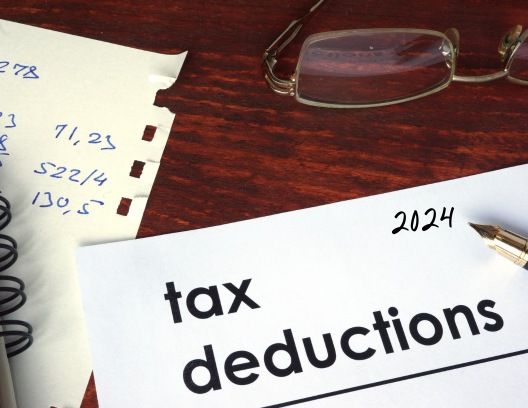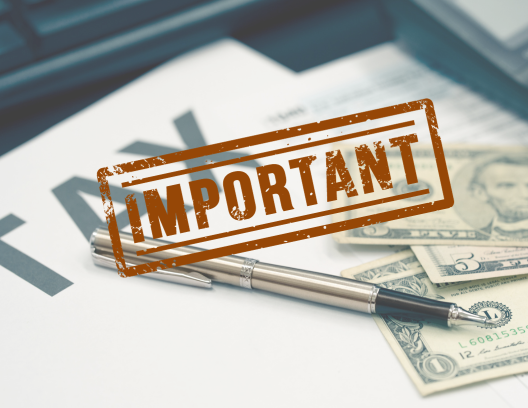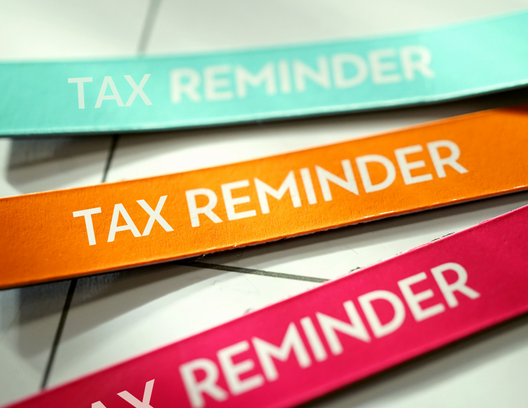Here are some of the tax credits and deductions individuals and families can explore for 2024.
Electric Vehicle (EV) Tax Credit
- Buyers of qualifying EVs can choose to monetize up to the $7,500 federal EV tax credit by transferring it to the dealer at the time of purchase or claiming it on their federal tax return the following year.
- Auto dealers must register on the IRS’s online tool, IRS Energy Credits Online, to receive advance credit payments from eligible EV sales.
- Buyers who opt for the advance credit will have to repay it if their modified AGI exceeds the limit for taking the credit.
Adoption Tax Credit
- The adoption credit is available for up to $16,810 of qualified expenses in 2024.
- The full credit is available for special-needs adoptions even if the expenses are less.
- The credit phases out for filers with modified AGIs over $252,150 and ends at $292,150.
Standard Deduction
- Standard deduction amounts for 2024 have been inflation-adjusted and are higher than in the previous year.
2024 Tax Brackets
- Income tax brackets for individuals are wider for 2024 due to inflation, but tax rates remain unchanged.
Capital Gains and Qualified Dividends
- The tax rates on long-term capital gains and qualified dividends remain the same, but income thresholds to qualify for the various rates have increased for 2024.
Minimum Tax (AMT)
- AMT exemptions rise for 2024 to $133,300 for couples and $85,700 for singles and household heads.
- The exemption phaseout zones start at $1,218,700 for couples and $609,350 for others.
- The 28% AMT rate applies above $232,600.
Kiddie Tax
- The kiddie tax is less impactful in 2024, with the first $1,300 of unearned income of a child under age 19 (or under age 24 if a full-time student) being tax-free.
Fringe Benefits
- Employees covered by health flexible savings accounts can defer up to $3,200.
- The cap on tax-free employer-provided parking for 2024 is $315 a month, matching the exclusion for mass transit passes and commuter vans.
- S. taxpayers working abroad have a $126,500 income exclusion for 2024, provided they meet all eligibility requirements.
Health Savings Accounts (HSAs)
- For 2024, individuals can contribute up to $4,150 to their HSA accounts, while families can contribute up to $8,300, which are record-high limits. People age 55 and older can contribute an additional $1000.
Gift and Estate Tax Exclusion
- The lifetime estate and gift tax exemption for 2024 is $13,610,000.
- More estate tax liability qualifies for an installment payment tax break, allowing deferral of up to $740,000 of tax at a 2% interest rate.
- The annual gift tax exclusion for 2024 is $18,000 per donee, allowing gifts up to this amount without triggering gift tax or tapping into the lifetime exemption.
HAVE QUESTIONS?
If you need assistance or have any questions on the information in this article, please call your CironeFriedberg professional. You can reach us by phone at (203) 798-2721 (Bethel), (203) 366-5876 (Shelton), or (203) 359-1100 (Darien) or email us at info@cironefriedberg.com.









